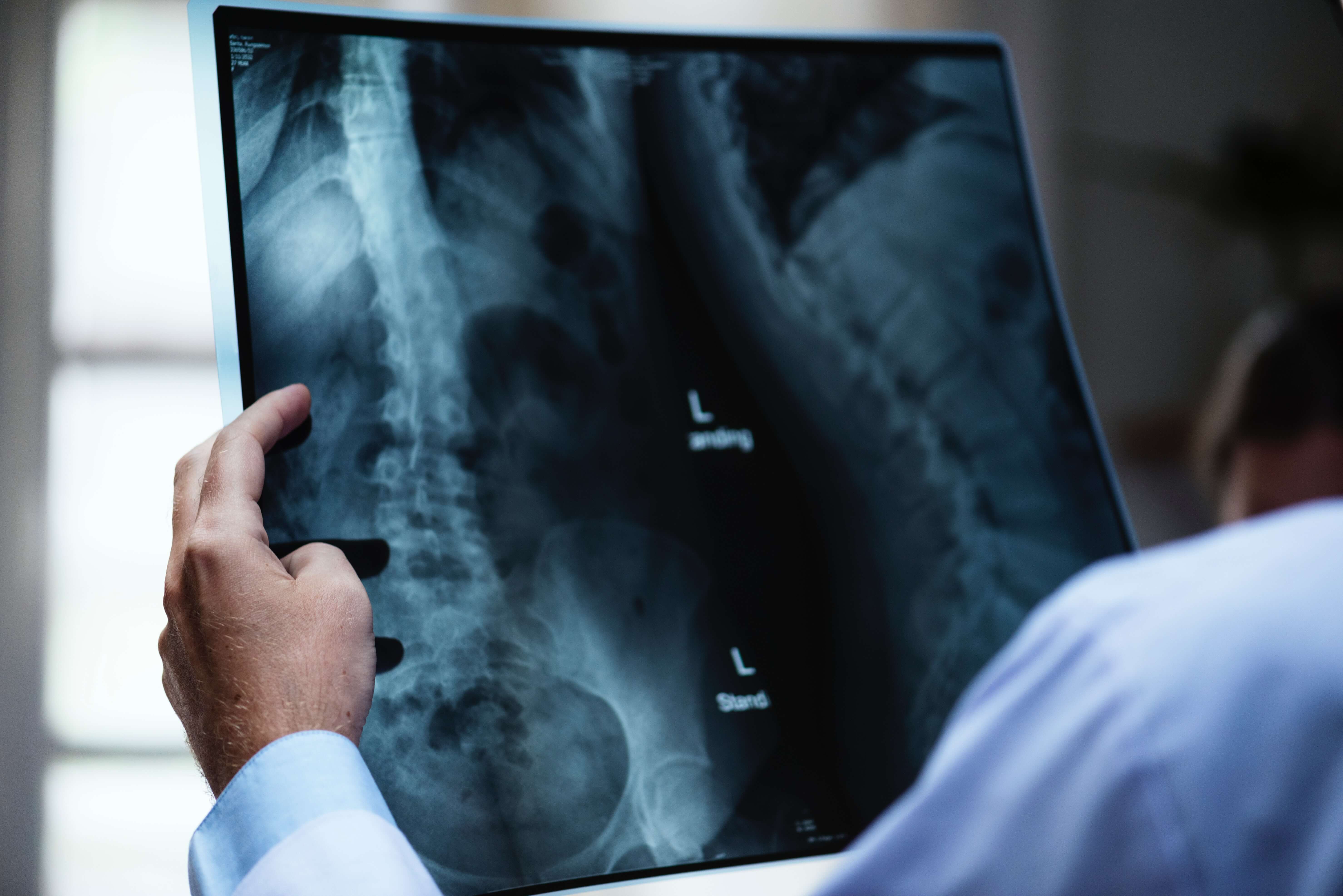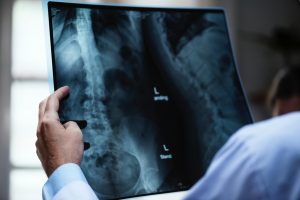Sick of hearing the words Cervical Spondylosis and not knowing what it means?
Parramatta Cervical Spondylosis
Spondylosis is a chronical age- related condition that affects the discs and joints in the spine. In this case we’re talking about the cervical spine, which is the neck. Other names for this condition are degenerative osteoarthritis, arthritis of the neck or cervical osteoarthritis.
So what happens in cervical spondylosis? Over time your discs become thinner and they lose their capability of absorbing shocks. This increases the risk of symptoms.
Cervical Spondylosis Symptoms.
The condition is often misdiagnosed or misunderstood. Because the classic symptoms, which are: widespread muscle and joint pain and fatigue, aren’t very distinctive.
Apart from these symptoms, there’re more. We’ve summed the rest of the symptoms up, but note: you may not have all of the symptoms but still have the condition.
- Pain and tender point
- Fatigue
- Sleep problems
- Concentration and memory problems, known as “fibro fog”
- Anxiety or depression
- Morning stiffness
- Numbness, and tingling in hands, arms, feet, and legs
- Headaches
- Irritable bowel syndrome
- Problems with peeing
- Painful menstrual cramps
Cervical Spondylosis possible causes.
Like we said before, Cervical Spondylosis is an age-related condition. The older you get the more chance that the protective cartilage and bones in your neck can tear and this could result in cervical spondylosis.
We summed the possible causes up for you:
- Overuse: Heavy lifting and repetitive movements putting extra pressure on your spine. If you have to do these things often in your live, during work or a hobby, it can lead to early tearing of the protective cartilage and bones.
- Neck injury: a previous neck injury can speed up the ageing process.
- Dehydrated spinal discs: The thick cushion discs between your spinal bones that absorb the shock of twisting or lifting can dry out. As a result your spinal bones will rub together, which can result in more pain.
- Ligament stiffness: The ligaments connecting the spinal bones in your body are very though, but over time they can become stiffer. As a result, you’re less able to move your neck. This will give you a tight pain feeling.
- Herniated discs: Again the discs. If a disc starts cracking, it can cause leakage. The material can press on your nerves and spinal cord. This can cause arm numbness and shooting pain down your arm.
Cervical Spondylosis treatment methods.
This condition is a chronicle conditions and had different symptoms. The treatment depends on which symptoms you have, but the mail goal is to relieve pain and help you maintain your activities during your daily live as much as possible. Also the goal is to prevent permanent injury to the spinal cord and nerves.
If the pain is severe, the doctor can prescribe you specific pain killer. But that’s not it. As for a Physiotherapist: we can help you with hands on pain relief techniques, teach you exercises and help you with stretch and strengthen your muscles.
For more information on how we can further assist you, please call our clinic number on 0479 080 800 or send us an email on [email protected].
Our Physiotherapists are Medicare, NDIS, DVA and Work Cover approved, specialising in injury management and rehabilitation to get you back to full function.


